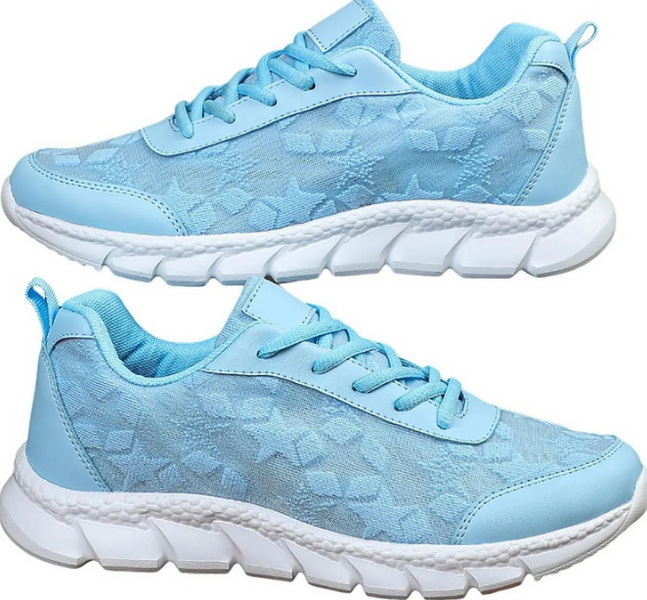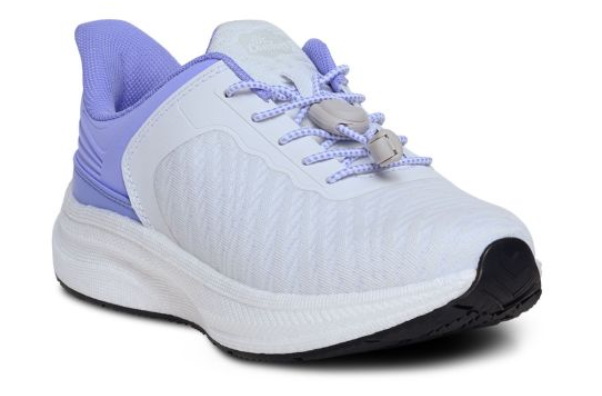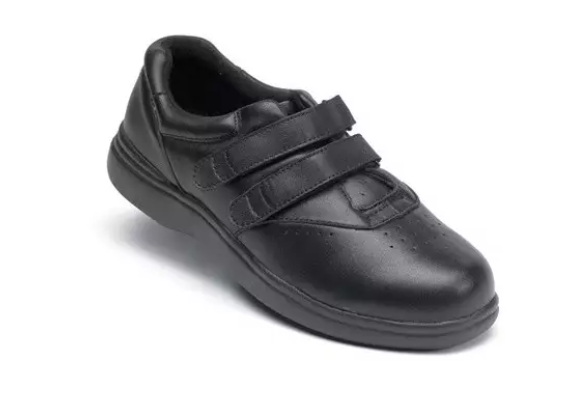Content Menu
● Introduction to Shoe Sizing Differences
>> Anatomical Differences
● Conversion Charts
>> U.S. Size Conversion Chart
>> Brand-Specific Differences
● Width Differences
>> Width Conversion Chart
>> Impact of Width on Comfort
● Materials and Weight
>> Impact of Materials on Performance
● Cultural and Fashion Influences
>> Impact of Fashion Trends on Sizing
● Technology and Innovation
>> Customization and Fit
● Conclusion
● Frequently Asked Questions
>> 1. How do I convert men's shoe sizes to women's?
>> 2. What are the main differences between men's and women's feet?
>> 3. Do all brands use the same conversion system?
>> 4. How do materials and weight differ in men's and women's shoes?
>> 5. Why is it important to check brand-specific sizing charts?
When it comes to shoe sizes, there is often confusion about whether men's and women's sizes are the same. The answer is no; there are significant differences between men's and women's shoe sizes, primarily in terms of width and length. In this article, we will delve into the specifics of these differences, explore conversion charts, and discuss how different brands approach shoe sizing.

Introduction to Shoe Sizing Differences
Men's and women's shoe sizes are not identical due to anatomical differences between genders. Generally, men have wider feet than women, which means men's shoes are designed to accommodate this width. Women's shoes, on the other hand, are typically narrower and may have different proportions, such as narrower heels but wider forefeet.
Anatomical Differences
- Foot Length and Width: Men's feet are generally longer and wider than women's. For example, a men's size 10 shoe is typically longer and wider than a women's size 10.
- Bone Structure and Biomechanics: Women's feet have different bone structures and biomechanical functions compared to men's, which can affect shoe design. For instance, women have wider hips, leading to a wider Q-angle, which influences how the foot strikes the ground. This biomechanical difference can result in women experiencing more stress on their knees and ankles during activities like running.
Conversion Charts
To convert men's shoe sizes to women's, you typically add 1.5 to 2 sizes in the U.S. system. However, this can vary depending on the brand and style of the shoe.
U.S. Size Conversion Chart
| Men's US | Women's US |
| 5 | 6.5 |
| 5.5 | 7 |
| 6 | 7.5 |
| 6.5 | 8 |
| 7 | 8.5 |
| 7.5 | 9 |
| 8 | 9.5 |
| 8.5 | 10 |
| 9 | 10.5 |
| 9.5 | 11 |
| 10 | 11.5 |
| 10.5 | 12 |
| 11 | 12.5 |
| 11.5 | 13 |
| 12 | 13.5 |
| 12.5 | 14 |
| 13 | 14.5 |
Brand-Specific Differences
Some brands, like Adidas, may use a different conversion system, where the size difference is only one size instead of the typical 1.5 to 2 sizes. It's essential to check the specific sizing charts for each brand to ensure the best fit. For instance, if you're purchasing from a brand that uses European sizes, the conversion might be slightly different due to the way European sizes are structured.

Width Differences
Men's shoes usually have a "D" width, while women's shoes are typically "B" width. This means men's shoes are wider to accommodate the generally wider feet of men.
Width Conversion Chart
| US Sizes | Men's Width (D) | Women's Width (B) |
| 8 | 3 3/4" | 3 9/16" |
| 9 | 3 7/8" | 3 11/16" |
| 10 | 4" | 3 13/16" |
Impact of Width on Comfort
The width of a shoe can significantly impact comfort. If a shoe is too narrow, it can cause pressure on the sides of the foot, leading to discomfort and potentially causing conditions like bunions. Conversely, if a shoe is too wide, it may not provide enough support, leading to instability and discomfort during wear.
Materials and Weight
Shoes for men and women may also differ in terms of materials and weight. Men's shoes, designed for heavier bodies, often use denser cushioning to absorb more impact, making them heavier than women's shoes. This is particularly noticeable in athletic shoes, where men's versions may have thicker midsoles to support heavier runners.
Impact of Materials on Performance
The choice of materials can affect the performance of a shoe. For example, lightweight materials used in women's running shoes can enhance speed and agility, while the denser materials in men's shoes provide additional support and stability.
Cultural and Fashion Influences
Shoe sizes and styles are also influenced by cultural and fashion trends. For instance, some fashion brands may offer unisex styles that blur the line between traditional men's and women's sizes. These styles often cater to a broader range of foot shapes and sizes, providing versatility for consumers who prefer a more androgynous look.
Impact of Fashion Trends on Sizing
Fashion trends can influence how shoes are sized and marketed. For example, during periods where oversized shoes are popular, brands may adjust their sizing to accommodate this trend, offering larger sizes that appeal to both men and women.
Technology and Innovation
Advancements in shoe technology have also impacted sizing. With the use of 3D printing and customized shoe molds, some brands are now offering shoes tailored to individual foot shapes. This technology allows for precise fitting, reducing the need for traditional size conversions.
Customization and Fit
Customization options allow consumers to get shoes that fit their feet perfectly, regardless of traditional size labels. This trend is expected to continue, with more brands incorporating technology to enhance fit and comfort.
Conclusion
In conclusion, men's and women's shoe sizes are not the same due to differences in foot anatomy and shoe design. Understanding these differences and using conversion charts can help ensure a proper fit. However, it's crucial to consult brand-specific sizing charts as variations exist. The integration of technology and customization is also changing how we approach shoe sizing, offering more precise fits and comfort for consumers.

Frequently Asked Questions
1. How do I convert men's shoe sizes to women's?
To convert men's shoe sizes to women's, generally add 1.5 to 2 sizes in the U.S. system. However, this can vary by brand, so always check specific brand charts.
2. What are the main differences between men's and women's feet?
Men's feet are generally longer and wider than women's. Women's feet often have narrower heels but wider forefeet compared to men's.
3. Do all brands use the same conversion system?
No, not all brands use the same conversion system. Some brands, like Adidas, may have a smaller size difference between men's and women's sizes.
4. How do materials and weight differ in men's and women's shoes?
Men's shoes often use denser materials for cushioning to support heavier bodies, making them heavier than women's shoes.
5. Why is it important to check brand-specific sizing charts?
Checking brand-specific sizing charts is important because different brands may have varying size conversions and fits, ensuring you get the best fit for your foot.

















